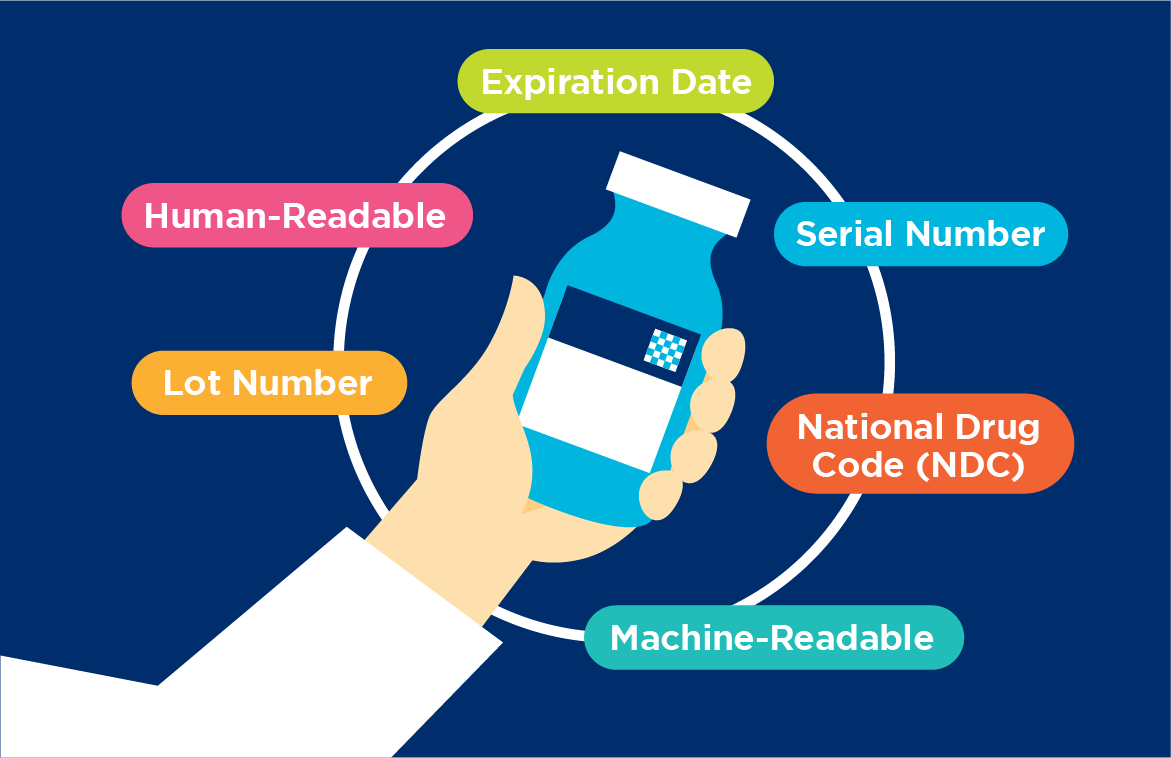Electronic Product Code Information Service EPCIS

An EPCIS system is consist of two major top level standards, Capture and Share to record every events generated by all parties involved and share them with the required parties.
The Capture Standard
The capture standard consist of various interfaces allowing the other connected applications to send events into the EPCIS system along with the System Components required to perform certain operations on the shared data.
Interfaces
There are three major interfaces into the EPCIS system which are
- EPICS Capture Interface
- Application specific Interface
- IoT Interfaces
EPCIS Capture Interface acts as a bridge between EPCIS Capture and Share standards. The Application specific Interfaces are the interfaces shared among other third party application using the EPCIS for sending events to capture. The IoT Interfaces are similar to Application specific Interfaces designed specifically for IoT devices involved into the process. These IoT devices can be RFID Tag, RFID Reader, Bar Code Reader etc.
System Components
There two major system components consist in capture standard which are
- Filtering and Collection Engine
- Data Capture Workflow
The filtering and collection engine is to filter and collect the required events emitted by the IoT devices or sent from various application interfaces. Whereas the data capture workflow is the process created to capture the events.
The Share Standard
The Share standard also consist of various interfaces and system components as follows:
Interfaces
The available interfaces in share standards are
- EPCIS Query Interface
- Interface exposed to other parties
The EPCIS query interface provide a tool to query the EPICS repository for various events sent and captured by the EPICS system. Whereas the third party interfaces are there to provide detailed guidelines on the standards for various data type and format to the involved parties.
System Components
The two system components are available in the Share standard,
- EPCIS Repository
- EPCIS Accessing Applications
The EPICS Repository consist all information captured by the Capture standard and stored in a time series fashion. Whereas the EPICS accessing applications are the other required systems to provide access on the EPICS Repository, an ACL (Access Control List) to manage the various access level on the EPICS repository is a good example for the same.

EPICS Events
Events in EPCIS are the points where data can be generated by other processes and emit to the EPICS capture standard to store into the EPICS repository. A typical EPICS event consist of

Object Event
An EPCIS event used to mark an observation or assertion about an object or objects.
Aggregation Event
An EPCIS event used to associate one object or a number of contained objects with their containers. This association is often called aggregation, containment, or packing.
Transaction Event
An EPCIS event used to associate or disassociate objects to business transactions.
Transformation Event
An EPCIS event used to represent objects that are consumed in one form and produced in another form.
Conclusion
EPCIS is the critical understanding Track and Trace in respect of critical events occurs during the manufacturing and logistics process.
This post is having a brief summary to understand EPICS but its only the tip of the iceberg there are many other things which one need to learn.

Ashok Vishwakarma
Google Develover Expert — WebTechnologies and Angular | Principal Architect at Naukri.com | Entrepreneur | TechEnthusiast | Speaker